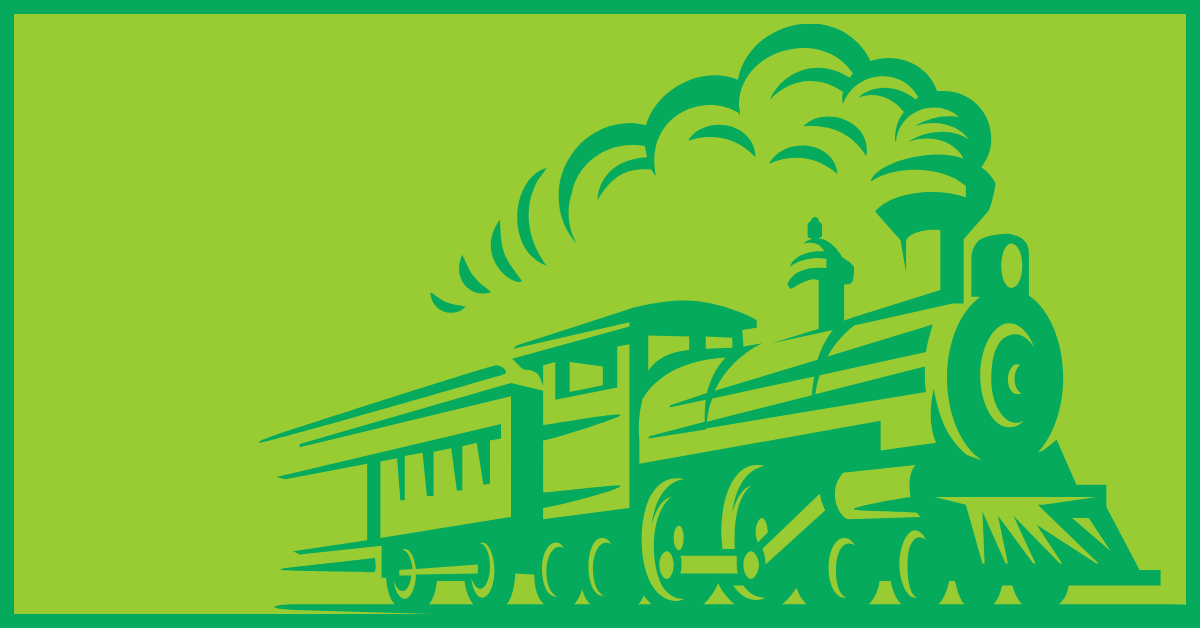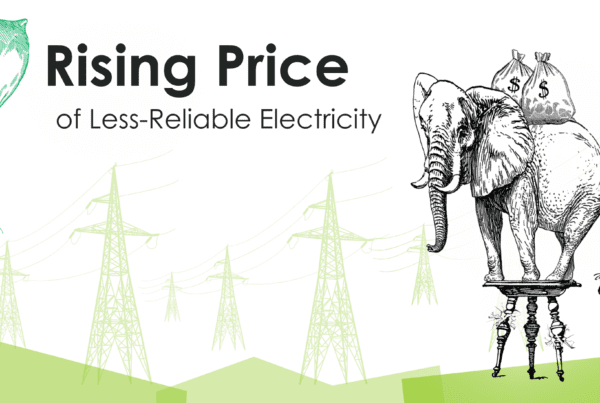
Paid any attention to news lately? Need any ideas for a Halloween costume? Whoops – too late for that. A good costume would be the Ebola virus – the current obsessive, 24/7 news feeding fixation. Other than Ebola, it is fair to say the region between Morocco and India is as chaotic as ever. There are civil wars, religious sects at war, heinous videos, Iran plowing ahead with nuclear weapon development, and last, but not least, Vlady Putin, the KGB thug clearly wants to reassemble the Soviet Union. If one were to board the DeLorean time machine (incidentally fueled by plutonium stolen from Libyan terrorists) and burst out to 88 mph to travel back 10 or 20 years, these things would all be cause for skyrocketing oil prices. Instead, crude has regularly been hitting new lows not seen in years.
Dropping oil prices is due to the hydraulic fracturing revolution here in the states. It is robbing the Middle East of its stranglehold on oil prices. OPEC nations, Vlady Putin, and other troublemakers rely on oil profits for political power within their countries and for their aggression against their neighbors. Figure 1 is showing plunging imports and soaring production was taken from The Wall Street Journal in March of this year.
The Keystone Pipeline has been a political football for several years. As I’ve quipped in this blog before, with hundreds of thousands of miles of natural gas and oil pipelines, apparently we’ve discovered we really don’t know how to make safe pipelines.
Stop the presses. According to Figure 2, 2.5 million miles of liquid and gaseous hazards already exist. How have we survived?
Oil from these shale sources is instead making its way to markets, namely the refineries in and around the gulf coast and some in the Midwest, via rail. This is safer and less risky than a pipeline? Lack of Keystone is choking supply and increasing prices? Apparently not, as prices continue to hit new lows.
A major route for trains (see Figure 3) of Bakken crude from North Dakota runs right through our back yard in La Crosse, WI – as it (not just from Bakken) does in many metro areas where hundreds of millions of people live. There are actually three train companies that haul crude through La Crosse, on both sides of the river, and over the river.
I’m not a NIMBY or a BANANA guy, so this doesn’t give me the heebie jeebies. However, trains are moving things requiring bridges, intersections with roads, overpasses, and they are subject to human error, at least more than a stationary pipeline. For example, last week investigators concluded the train conductor for a New York passenger train that left the tracks at 82 mph on a 30 mph curve fell asleep at the wheel: 4 people dead, 70 injured.
What brought the crude-by-rail issue to my attention was an article in the local paper citing a bridge close to home is at risk. (Not to mention I see tankers moving on the rails practically every day)
I’m not a civil engineer, or a structural engineer, but I did ace a mechanics of materials course in engineering school. A photo of the underside of a bridge for a major rail line just south of La Crosse is shown in Figure 4 above; doesn’t exactly look like state of the art does it? It looks like a bridge I would build in my backyard to cross a ravine with a wheel barrow. The terms “ham and egg”, or “bailer wire and duct tape” come to mind. It looks like at some point they found this troublesome site and stuffed some timbers under there to prop it up a little. That oughta do er! Sure thing, Larry gitterdone cable guy!
From my days of mechanics of materials expertise, I know that concrete has excellent compressive strength, which is why it is used for roads, but virtually no strength in tension. When I observe the above picture, it appears the underside has been strained (stretched) such that the concrete has crumbled away – it has no tensile strength. The Cable-Guy timbers are shortening the span and reducing stress in whatever embedded steel there is in the concrete. I feel so good about this.
From the surface, above grade this thing looks like an innocuous overpass of a tiny little creek. I guarantee if it were to collapse, it wouldn’t appear to be so innocuous. How would a few rail cars of crude flowing down the Mississippi look? Or a fireball in an urban center near you, like Quebec a couple years ago that killed 47 people? How does that look? Environmentally sound?
Oh, but stuff happens, and there is a long track record of oil by rail. No. There isn’t. To my amazement, oil by rail is more bleeding edge than the iPhone. The graphic shown above (Figure 5) is from September 21, 2014, The Wall Street Journal.
As recently as 2006, there were 2200 derailments per year in the US.
And what is the worst pipeline disaster that comes to mind in recent years? Off the top of my head, the San Bruno, California 30 inch natural gas pipeline explosion that killed eight people tops the charts.
Conclusion: blocking pipeline construction and putting crude oil on railroads is irresponsible policy and a far riskier public and environmental threat.




